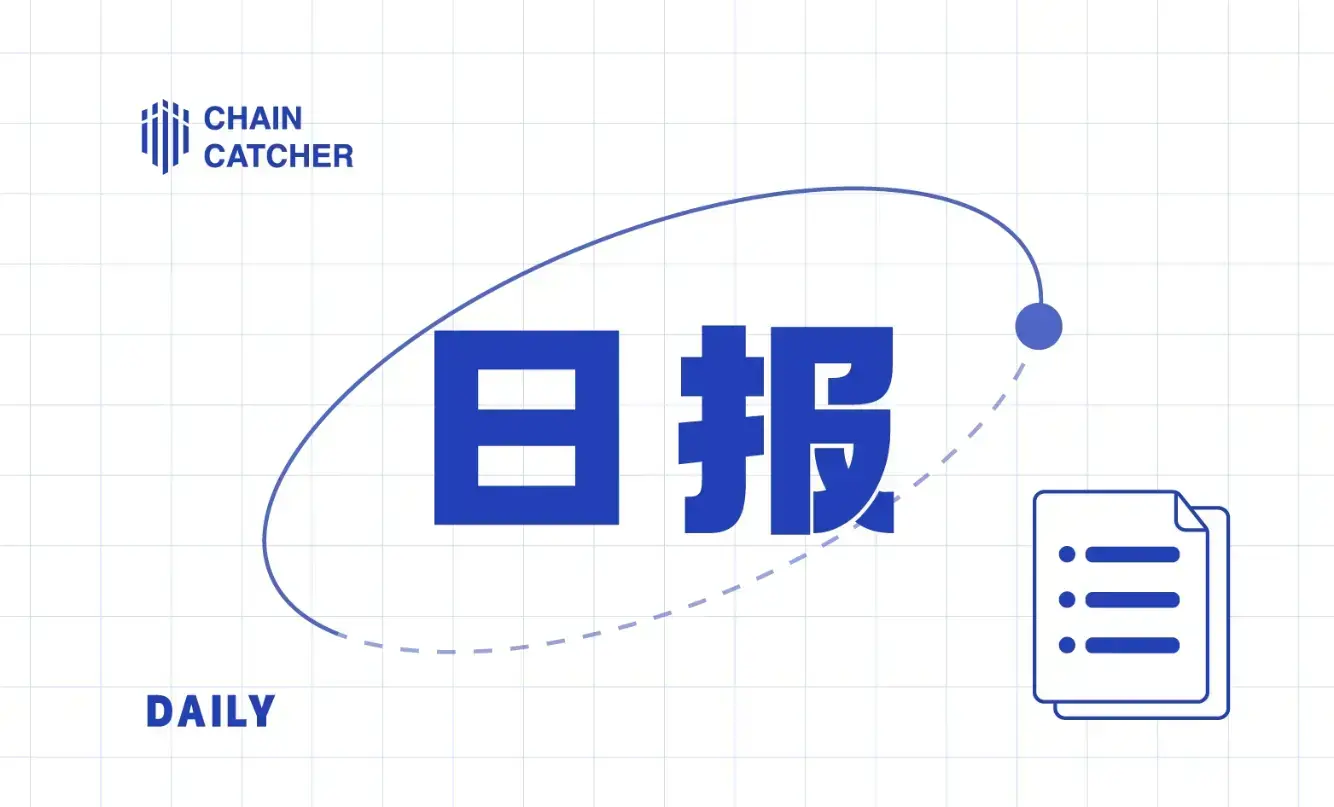Is Solana liquid staking becoming a hot commodity? An analysis of Binance's upcoming BNSOL
Author: Web3 Scent Observation, Coin World
Recently, according to official news, Binance plans to launch a brand new Solana staking product—BNSOL—at the end of this month, aiming to secure a position in the rapidly growing Solana liquid staking market in 2024. Although the scale of Solana's liquid staking is currently far less than that of Ethereum, its ecosystem is developing at a pace that has already surpassed Ethereum in 2024, demonstrating strong growth potential.
Binance pointed out that the success of the new staking product largely depends on the adoption of the BNSOL token in the Solana decentralized finance space. BNSOL serves a dual purpose, representing both staking tokens and liquid staking tokens. It not only provides users with the opportunity to stake SOL tokens to earn rewards but also releases the liquidity of staked assets by minting liquid staking tokens (LST).
Although the company has not disclosed the specific date for the product launch, Binance's regional market head, Vishal Sacheendran, stated that the upcoming product is particularly beneficial for users looking to maximize the potential of their staked SOL tokens.

Users will also benefit from a variable annual percentage rate (APR), which will be adjusted based on the actual earnings from staking on the Solana chain and related commissions, ensuring competitive returns. The conversion rate between BNSOL and SOL will be updated once per Solana cycle (approximately every two days) to reflect accumulated rewards and changes in token value.
In addition, the BNSOL token can be used within the Binance ecosystem and various DeFi platforms, supporting a range of operations such as trading, investing, and lending. Users can also choose to redeem their tokens at any time, either through a waiting period or by trading them on the market for immediate redemption.
With Binance's entry into the market, more attention is being drawn to the Solana liquid staking track. Below, we will delve into the current development status and gameplay of Solana liquid staking.
Introduction to Solana Liquid Staking and Current Development Status
Liquid staking is derived from the native token staking model and is an innovative staking method. Solana liquid staking allows users to stake the native SOL tokens on the Solana blockchain while receiving liquid staking tokens (LST) that represent their staked assets. This enables anyone holding tokens to participate in the Solana blockchain's security mechanism and earn network rewards.
These LSTs can not only be freely traded on exchanges but can also be used on other decentralized finance (DeFi) platforms, providing users with greater liquidity and more investment opportunities. The biggest advantage of this model is that users do not have to choose between staking their assets and participating in the market; they can enjoy the dual benefits of staking rewards and market trading simultaneously.
Although liquid staking initially achieved significant development in the Ethereum ecosystem, this model has quickly emerged on Solana with the rise of new public chains like Solana. Solana liquid staking not only provides users with new investment channels but also greatly promotes the overall development of the Solana ecosystem.
According to DeFiLlama data, as of September 4, the total value locked (TVL) in Solana liquid staking has grown from $1.5 billion at the beginning of this year to $3.64 billion, an increase of over 142%. In this market, leading liquid staking protocols such as Jito, Marinade, Sanctum, and Jupiter account for nearly 80% of the market share, dominating the development of the entire ecosystem.

Additionally, according to Dune data, over 24.6 million SOL (worth approximately $3.2 billion) are currently staked on liquid staking platforms. However, this only accounts for a small portion of the total staked amount on Solana, with about 92% still being native SOL staking. This indicates the enormous growth potential of the Solana liquid staking market, attracting mainstream trading platforms like Binance and Bybit to lay out their strategies in Solana liquid staking.

Gameplay of Solana Liquid Staking
Liquid staking derivative tokens (such as BNSOL) are also regarded as a type of cryptocurrency that represents the assets locked by users on Solana or other proof-of-stake (PoS) blockchains. These tokens allow users to continue trading and accessing DeFi platforms while their staked assets are locked. For example, Binance's Solana Staking product allows users to securely stake SOL tokens, earn dynamic rewards, and use BNSOL tokens to release liquidity.
For investors holding SOL tokens, liquid staking offers various strategies to earn additional returns. The simplest method is to stake SOL through liquid staking protocols in the Solana ecosystem (such as Jito, Marinade, and Jupiter) to obtain liquid staking tokens (LST). The annual percentage yield (APY) for these tokens typically ranges from 6% to 8%.
However, through more complex strategies, investors can significantly enhance their yields. For instance, on Solana DeFi platforms, users can borrow more SOL by using SOL LST as collateral and then convert it into more SOL LST. Through this cyclical operation, the APY can be greatly increased.
The flexible investment methods allow SOL holders to fully utilize their staked assets while enhancing liquidity, further improving user investment returns.









